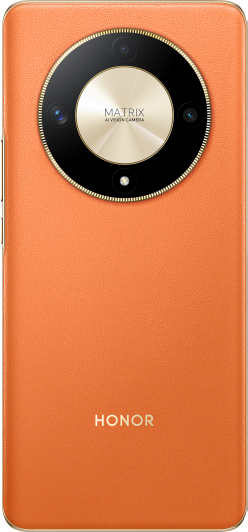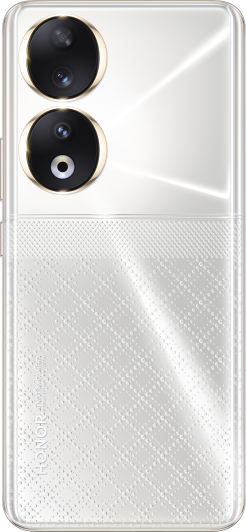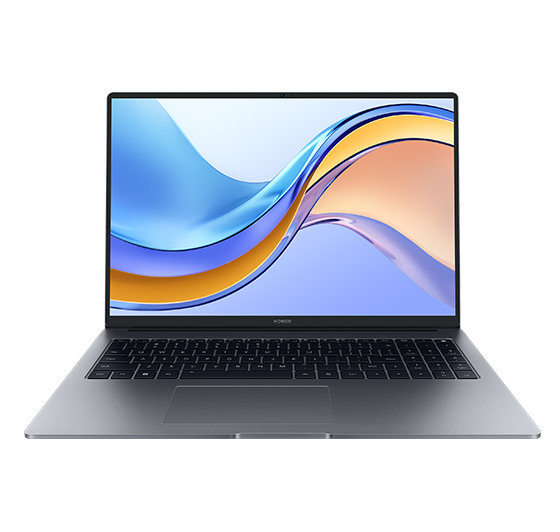
我的荣耀 开启荣耀之旅
By clicking AGREE, you indicate that you accept the HONOR PLATFORM TERMS OF USE.
Keep up to date with Honor products, services and discounts via email.
For further details about withdrawing your consent, please see HONOR Platform Privacy Statement.

Thinking design: How HONOR puts the human at the centre of technology
What can manufacturers of the world’s most cutting-edge smartphones learn from newspaper design? With newsprint all but killed off by the Internet, it would be reasonable to think it can’t be much.
But the designers of the new HONOR View20 found inspiration for the smartphone’s most striking feature—its hole-punch camera—from just such a source: Edmund Arnold, the father of modern newspaper design.
Arnold, who designed hundreds of newspapers before his death in 2007, found that the eye naturally falls first to the top left-hand corner of a page, before moving down to other areas. It’s something he called the Gutenberg Diagram.
Aiming to design a phone that provided the very best user experience, HONOR engineers working on the HONOR View20 adopted Arnold’s principles and determined that the top-left corner was the optimum location for the front-facing selfie camera.
But while this solved one problem, it presented another challenge—how to make sure the camera didn’t affect the use of the screen. In another innovative solution, HONOR found a way to punch a tiny 4.5 mm wide hole in the display area and insert the camera under the glass, providing an elegant way to create an immersive, full-screen experience.
Although elegant, it was no easy feat. It took 300 engineers and a year of constant innovation to make the approach work. But in what’s become the holy grail of modern smartphone screen design, it removes the need for any kind of intrusive notch or bezel to house the cameras and sensors. The bezel, a border around the screen, and the notch, a cut-in at the top, have previously dominated smartphone design but critics say they interfere with gaming and video watching.
HONOR had first tried to bring in a full view display on its HONOR Magic2 smartphone by using a mechanical slider that hides the selfie camera when not in use, but users told them it wasn’t very convenient, says Bhavya Siddappa, HONOR’s global PR manager. “That’s when we brought in the hole punch camera idea. It’s so tiny you can put it within the screen. With the Sony lenses it was possible,” she says.
The pioneering hole punch is set to become the standard for all HONOR phones and is viewed as a triumph for the user-centered and iterative design approach adopted by the brand. More than eight in 10 executives surveyed by the EIU for the 2018 Prioritisation and Precision report on how artificial intelligence and design thinking will transform technology production, say design thinking is growing in importance as design cycles become more compressed and technology products increasingly customised. Too often, smartphone design is led by a focus on product specification but genuine innovation only happens if the user—and what they care about—is placed at the centre of the design process. This emphasis on design thinking has led to a dramatic shift in the way HONOR conceives and markets its phones.
For example, HONOR engineers discovered that a hot handset was an issue, especially for gamers who use their phones to play graphics-heavy games for long periods of time. To keep the phone cool, engineers developed a liquid cooling system and used components made from graphite that stop the phone from overheating. As a result, after playing an intensive 3D game for an hour, the temperature of the HONOR View20 is 5 degrees C cooler than its predecessor the HONOR View10. Likewise, the phone has three wifi antennas to keep up internet connectivity, so if your hand covers one, it will switch to another. And even though the HONOR View20 is only 8.1mm thick, HONOR opted to keep the headphone jack as its research showed that it was still popular among users.
As the Prioritisation and Precision report shows, the design thinking process will also be able to leverage the machine learning and AI abilities embedded in smartphones like the HONOR View20 to understand user preferences and integrate those insights into future smartphones. This will reduce some of the need for costly and labour-intensive focus groups and time-consuming customer research.
Of course, it’s not all about function. People care how their phone looks. Designers have to make sure their product stands out—something Chinese manufacturers have traditionally struggled to do.
However, with a rear side that features gleaming V shapes that change colour from different angles, HONOR has found a striking signature look for the HONOR View20. The deceptively simple chevron pattern was inspired by one of the world’s most celebrated sculptures: the Winged Victory of Samothrace. The almost six-meter high marble statue of the Greek Goddess of Victory sits in the Louvre and is known for the life-like detail in the folds and pleats of the cloth. Yet despite its ancient provenance, the effect was transferred to the phone by something very 21st century: nanolithography, or the science of etching, writing or printing to modify an extremely small material. The technique makes the phone appear like it’s permanently submerged in the clearest of water.
“Metallic, cheap, plastic. People have this persona of Chinese products not being premium looking, not well designed,” says Ms Siddappa. “We had to challenge all those perceptions people have and that’s why...Chinese manufacturers have tried their level best to not only prove ourselves with reference to quality but also when it comes to creative ideas and design.”
The smartphone has rapidly become the single most important object in most people’s lives. How will its design evolve from here? AI is expected to shake up the field of material science, with a majority of executives polled by the EIU believing that flexible smartphones, which fold just like your newspaper used to, will be ubiquitous by 2020. No matter what the smartphone of the future looks like, HONOR is confident a human-centred approach that integrates the latest AI technology is the best way to design an intuitive, stylish and user-friendly smartphone.
Subscribe To Our Newsletter - Discover HONOR
By entering your email address, you agree to receive the latest offers and information on HONOR products, events and services. You can unsubscribe from email by entering the link in email messages. You hereby consent to share or transfer your email address to our third-party subscribe service provider located in Hong Kong.
Copyright © Honor Device Co., Ltd. 2020-2024. All rights reserved.
We use cookies and similar technologies to make our website work efficiently, as well as to analyze our website traffic and for advertising purposes.
By clicking on "Accept all cookies" you allow the storage of cookies on your device. For more information, take a look at our Cookie Policy.
Functional cookies are used to improve functionality and personalization, such as when playing videos or during live chats.
Analytical cookies provide information on how this site is used. This improves the user experience. The data collected is aggregated and made anonymous.
Advertising cookies provide information about user interactions with HONOR content. This helps us better understand the effectiveness of the content of our emails and our website.














